Step into Unit 5: Resources in Ecosystems, to see how
a lesson would unfold in Bring Science Alive!
Unit Anchoring Phenomenon
Each unit begins with a storyline that allows students to dive deep into a real-world phenomenon. The Anchoring Phenomenon encourages students to make connections with the world around them. Students then further explore the phenomenon during the Performance Assessment.
Storyline: The living things on our planet interact with each other and with the nonliving parts of the environment in dynamic ecosystems. Apply what you learn about resources, interactions, and changes in ecosystems to solve a problem in the fish exhibit at a zoo.
Anchoring Phenomenon: When various species of cichlid fish are combined in aquariums, some stop eating to the point of dying.
After student watches the anchoring phenomenon video, students begin a KWL chart in the Unit Checkpoints. They generate questions for inquiry and return to answer questions charts throughout the unit.
| View it in print | How it works online |
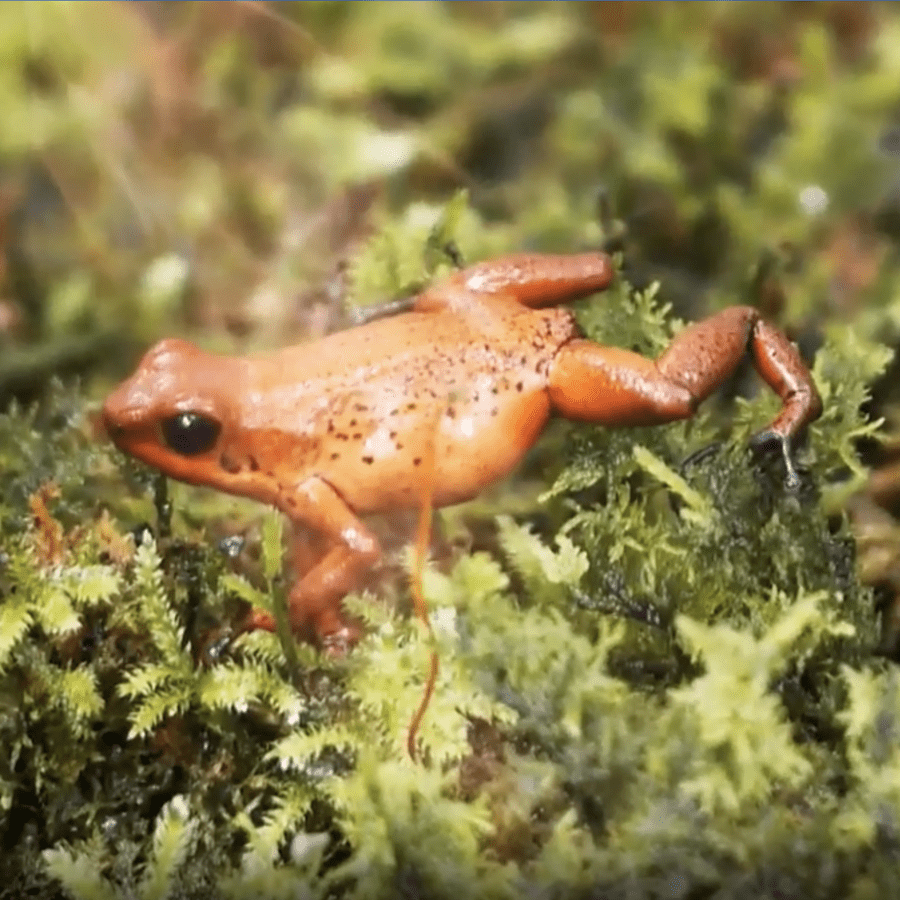
Lesson Phenomenon
Each lesson begins with an investigative phenomenon that is used to pique students’ interest and drive instruction throughout the investigation.
Lesson 13 Phenomenon: Poison dart frogs kept in captivity lose their toxicity over time so that they are no longer poisonous.
By the end of the lesson, students will be able to explain the phenomenon.
 |
 |
| View it in print (p.1) | How it works online |
Three-Dimensional Lesson Investigations
Hands-on investigations allow students to take on the role of scientists and explore real-world problems. Students work in the Science and Engineering Practices by asking questions and defining problems, constructing explanations and designing solutions, and developing and using models. Students interact with the Crosscutting Concepts including Scale, Proportion, and Quantity, and Systems and System Models. Disciplinary Core Ideas are also embedded within the investigations.
In Lesson 13: Resources in Living Systems, students learn how resource availability impacts living things by analyzing data from case studies and playing a game of matching species with biomes and ecosystems to understand competition and species distributions. Finally, they construct a model ecosystem and track resources needed by the living things within it.
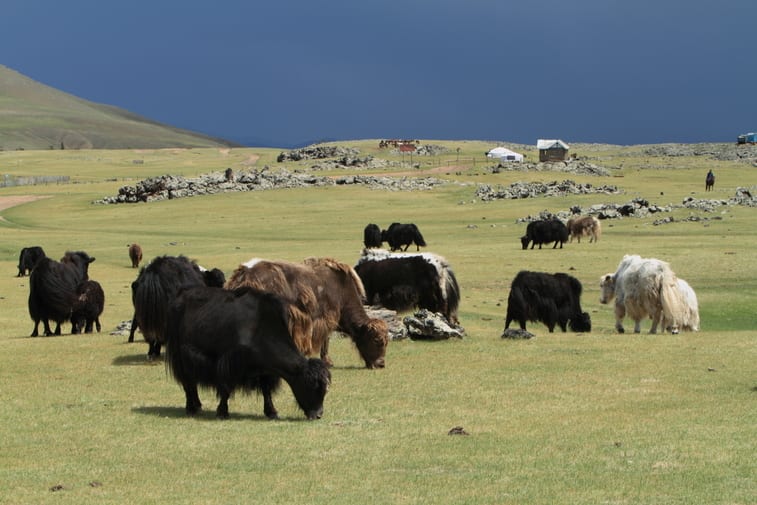 Investigation 3: Predicting How Resource Need Shape Ecosystems and Biomes |
| View it in print (p.2-15) | How it works online |
Investigation Kit
Reference Text Features
The Reference Text features considerate and engaging text with engineering content built right in. On TCI’s learning online platform, the Reference Text offers Text-to-Audio, Main Idea Viewer, Spanish translation, Student Highlighter Tool, and more. In addition, resources beyond the text are embedded in TCI’s online learning platform. This includes Check for Understanding, digital simulations, and videos that will help students investigate phenomena more meaningfully.
Explore lesson 13’s print and online Reference Text where students learn about resources in living systems.
| View it in print | How it works online |
NGSS-Designed Assessments
Each lesson includes a TCI assessment that addresses all three dimensions, uses diverse stimuli, and allows students to express understanding in multiple formats. You can use it as a formative or summative assessment to evaluate students’ ability to explain real-world data and phenomena. Want more flexibility with assessments? You can also create your own, or use shared questions from other TCI teachers.
| View it in print | How it works online |
 Engineering
Engineering
|
Throughout the program, students participate in Engineering Challenges where they think like an engineer as they solve real-world problems related to unit anchoring phenomenon. They go through the engineering design process for each challenge. In Unit 5: Resource in Ecosystems, students build a sound shield to protect acoustic interactions from highway noise. |
Reading Further
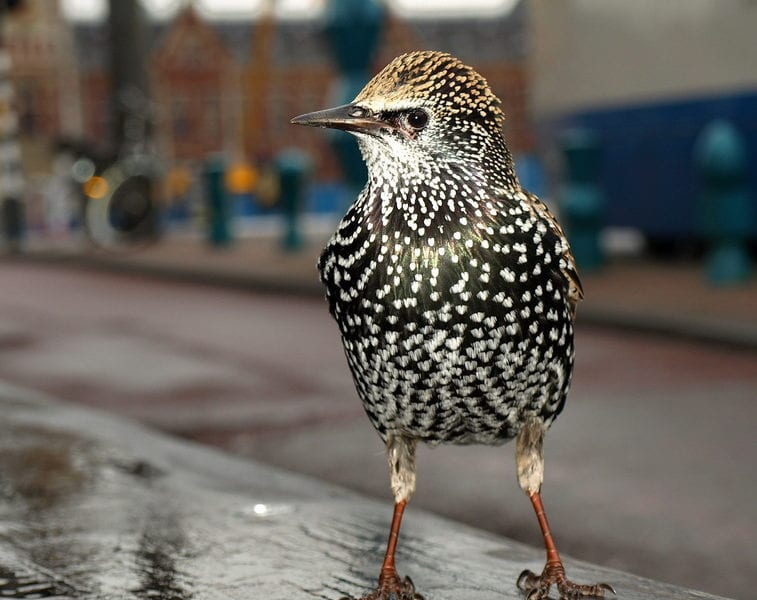
|
Reading Furthers are included in each lesson to enhance literacy and engage students with related topics. Students dive into a high-interest topic and investigate the intricacies of science. In lesson 13’s Reading Further, students read about wildlife in the city. They learn about the urban ecosystem, how wildlife adapt to city life, and how citizens can involve in scientific projects by sharing their observation with scientists on online platforms.
|
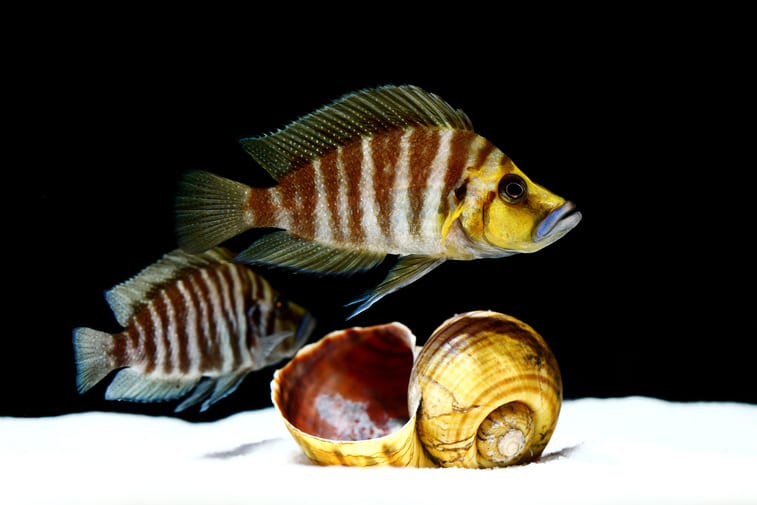
Performance Assessment
Students apply what they have learned in a hands-on Performance Assessment where they are evaluated across the three dimensions.
Unit 5 Performance Assessment: Changing Resources for Cichlid Fish
Use your understanding of the resources and interactions in dynamic ecosystems to determine what needs changing in the cichlid fish exhibit where some species are unhealthy. Then, present your solution at a conference.
 |
 |
| View it in print | How it works online |
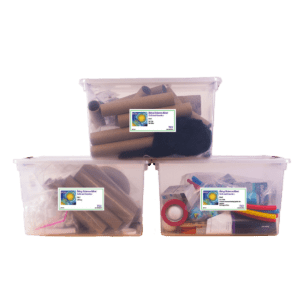
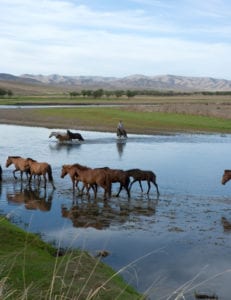
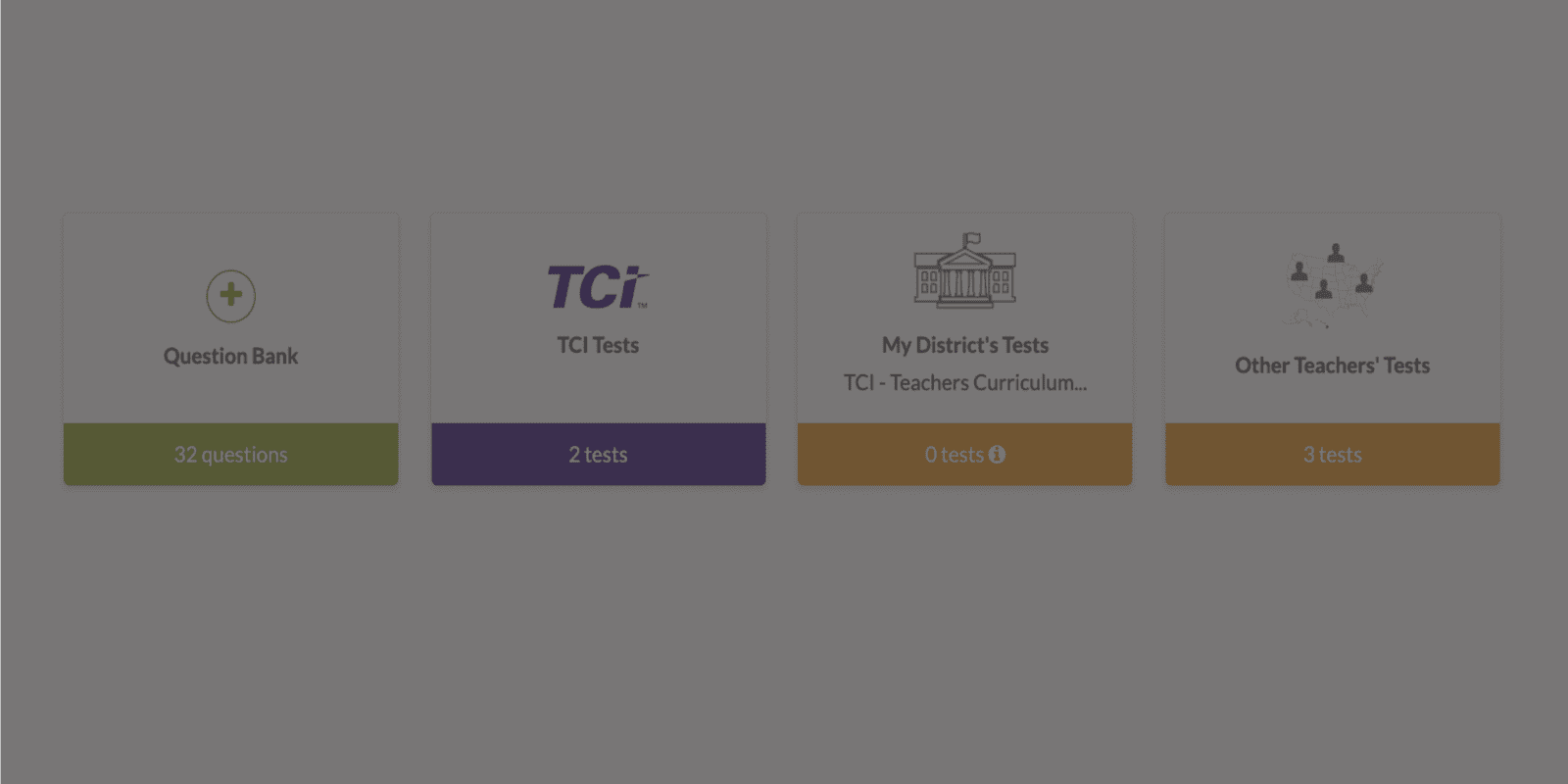
 Engineering
Engineering